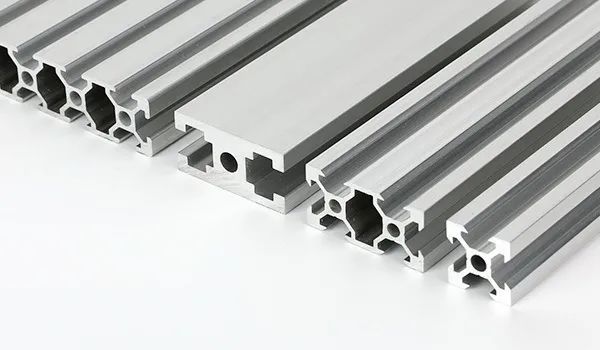Kemet Share | Advantages and Classification of Aluminum Profiles
Release time:
2022-02-22
Products made of aluminum and other alloying elements. It is usually processed into casting products, forging products, foils, plates, belts, tubes, rods, profiles, etc., and then made by cold bending, sawing, drilling, assembling, coloring and other processes. The main metal element is aluminum, and some alloying elements are added to improve the performance of aluminum.
Definition of 1. Aluminum Profiles
Aluminum Profiles Articles manufactured from aluminum and other alloying elements. It is usually processed into casting products, forging products, foils, plates, belts, tubes, rods, profiles, etc., and then made by cold bending, sawing, drilling, assembling, coloring and other processes. The main metal element is aluminum, and some alloying elements are added to improve the performance of aluminum. Advantages and characteristics of
2. aluminum profiles: the density of
and corrosion resistance
aluminum profiles is only 2.7g/cm3, which is about 1/3 of the density of steel, copper or brass (7.83g/cm3 and 8.93g/cm3 respectively). Aluminum exhibits excellent corrosion resistance under most environmental conditions, including in air, water (or brine), petrochemicals, and many chemical systems.
2, conductivity
aluminum profile is often selected due to its excellent conductivity. On the basis of equal weight, the conductivity of aluminum is nearly twice that of copper. The thermal conductivity modulus of
3 and aluminum alloy
is about 50-60% of that of copper, which is beneficial to the manufacture of heat exchangers, evaporators, heating appliances, cooking utensils, as well as the cylinder head and radiator of automobiles.
4, non-ferromagnetic
aluminum profiles are non-ferromagnetic, which is an important feature for the electrical and electronic industries. Aluminum profiles are not pyrophoric, which is important for applications involving handling or contact with flammable and explosive materials.
5, machinability
The machinability of aluminum profiles is excellent. In the various wrought aluminum alloys and cast aluminum alloys, as well as in the various states that these alloys produce molds, the variation in machining characteristics is considerable, which requires special machine tools or techniques.
6, Formability
Specific tensile strength, yield strength, ductility and corresponding work hardening rate dominate the allowable deformation.
7, recyclability
aluminum has extremely high recyclability, and the characteristics of recycled aluminum are almost the same as those of primary aluminum.
3. aluminum profile classification-according to surface treatment
① anodized profile
② electrophoretic coating profile
③ powder coating profile
④ wood grain transfer printing profile
⑤ fluorocarbon coating profile
⑥ thermal insulation profile
4. aluminum profile classification-according to application
① building aluminum profile: doors, windows and curtain walls
② Radiator aluminum profile
③ General industrial aluminum profile: mainly used for industrial production and manufacturing: such as automatic mechanical equipment, frame of enclosure, etc. Each company customizes mold opening according to its own mechanical equipment requirements: such as assembly line conveyor belt, hoist, glue dispenser, testing equipment, shelf, etc.
④ rail vehicle structure aluminum alloy profile: mainly used for rail vehicle body manufacturing.
⑤ Mounted aluminum profiles: made into aluminum alloy picture frames, mounted various exhibitions, decorative paintings.
Contact Information
Customer Service Tel: +86-539-7177878
Mailbox: kemet@sdkemet.com
Zip Code: 273400
Address: Linyi City, Shandong Province
Copyright©2023 Kemet New Materials Technology Co., Ltd. All Rights Reserved





